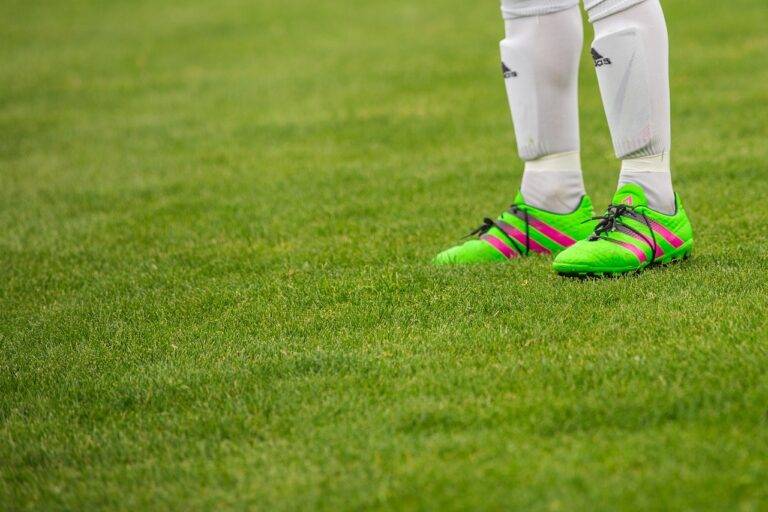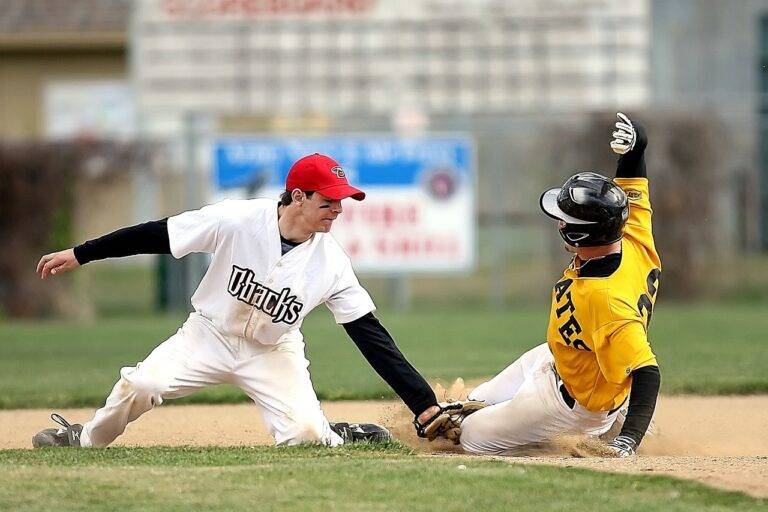IPL and its Impact on Fitness and Nutrition Trends among Players
Sky247, Allpaanel: Fitness trends among IPL players are heavily influenced by various factors that aim to enhance their performance on the field. One crucial factor is the competitive nature of the IPL itself, where players are constantly striving to outperform their opponents. This drive for excellence pushes players to constantly seek new ways to improve their fitness levels and stay ahead of the game.
Moreover, the demanding schedule of the IPL season necessitates that players maintain peak physical fitness throughout the tournament. With games scheduled almost every other day, players need to ensure they are in top shape to avoid injuries and sustain their performance levels. As a result, fitness trends among IPL players often prioritize quick recovery strategies and efficient training routines to help them withstand the rigors of the competition.
Evolution of Nutrition Strategies in IPL
Nutrition strategies in the Indian Premier League (IPL) have undergone a significant evolution over the years. Teams have started to recognize the crucial role that proper nutrition plays in the overall performance and well-being of the players. As a result, there has been a shift towards more personalized and scientific approaches to dietary planning and supplementation.
Gone are the days when a generic diet plan sufficed for all players. Now, teams employ nutritionists and dieticians to create individualized meal plans tailored to each player’s specific needs and requirements. Players are educated about the importance of fueling their bodies with the right nutrients at the right times to optimize performance and recovery. This shift towards personalized nutrition strategies has not only improved the physical performance of the players but also enhanced their overall health and well-being.
Importance of Physical Conditioning in IPL
Physical conditioning is a critical aspect of success in the fast-paced environment of the Indian Premier League (IPL). With the intense schedule and high-pressure matches, players need to be at their peak physical fitness to perform consistently. The rigorous demands of the sport require players to have strength, agility, speed, and endurance, which are all enhanced through targeted physical conditioning programs tailored to the specific needs of cricket athletes.
Moreover, physical conditioning plays a key role in injury prevention among IPL players. By focusing on strengthening muscles, improving flexibility, and enhancing overall fitness levels, players can reduce the risk of injuries that could sideline them during the grueling IPL season. In a league where every match is crucial and player availability can make a significant difference in team performance, maintaining optimal physical conditioning is essential for longevity and success in the IPL.
Why is physical conditioning important for IPL players?
Physical conditioning is crucial for IPL players as it helps improve their overall fitness, endurance, strength, and agility, which are essential for performing well in the demanding cricket matches.
What are some key factors influencing fitness trends among IPL players?
Some key factors influencing fitness trends among IPL players include advancements in sports science, access to modern training facilities, professional coaching staff, and the competitive nature of the IPL.
How has nutrition evolved in the IPL over the years?
Nutrition strategies in the IPL have evolved significantly, with teams now employing nutritionists to create customized meal plans for players, focusing on optimal performance, recovery, and injury prevention.
How does physical conditioning impact player performance in the IPL?
Physical conditioning plays a vital role in enhancing player performance in the IPL by improving their strength, speed, agility, and endurance, leading to better on-field performance and reduced risk of injuries.
What are some common physical conditioning routines followed by IPL players?
IPL players often follow a combination of strength training, cardiovascular exercises, agility drills, flexibility exercises, and recovery techniques to maintain peak physical fitness throughout the tournament.







